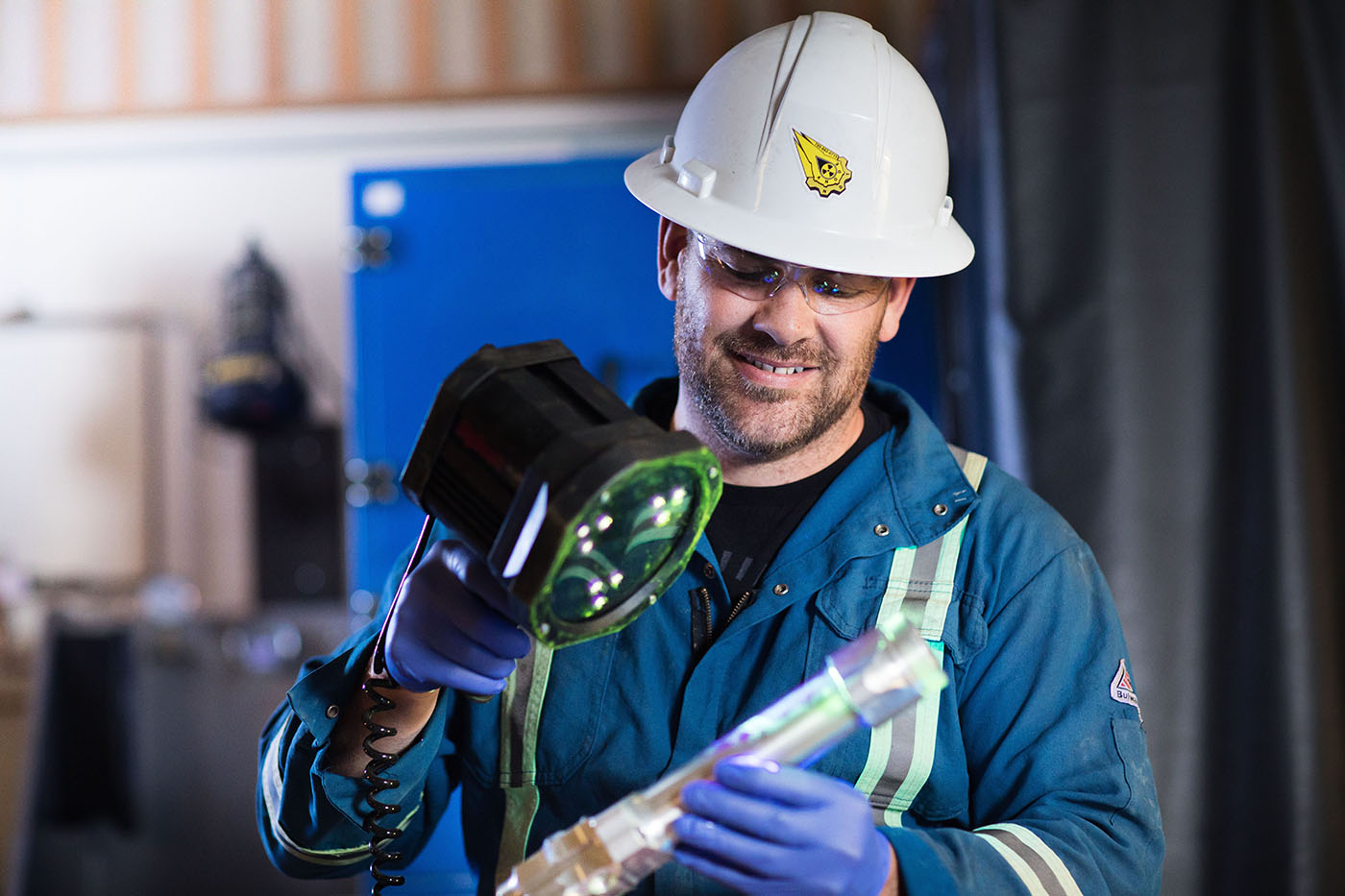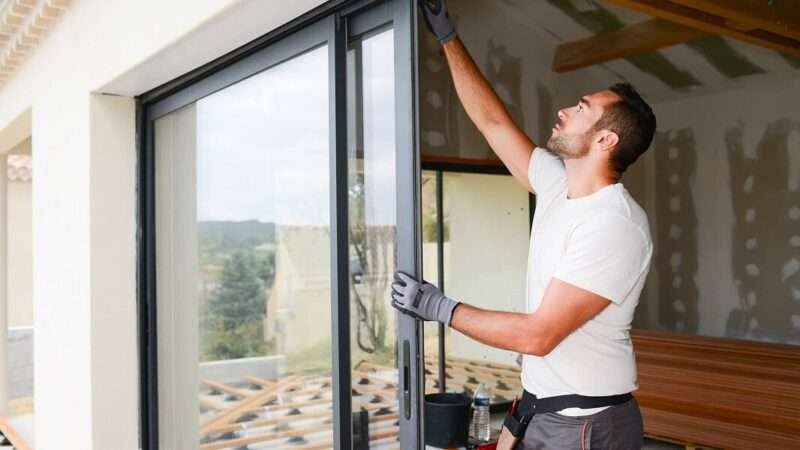Non Destructive Testing: Ensuring Safety Without Damage

Non Destructive Testing (NDT) is like a secret agent that examines materials and structures without causing any harm. Imagine having the power to see beneath the surface, revealing flaws or weaknesses, without even scratching the surface. This technique is pivotal in various industries to ensure safety, quality, and reliability without compromising the integrity of the tested objects.
What is Non Destructive Testing?
NDT encompasses a range of inspection methods used to evaluate the properties of materials or structures without causing damage. These techniques play a crucial role in industries such as manufacturing, construction, aerospace, automotive, and more. They ensure that components, machinery, pipelines, and structures are free from defects that might compromise their functionality or safety.
Methods of Non Destructive Testing
1. Visual Inspection
It’s like looking through a magnifying glass but more advanced. Inspectors visually examine the surface for any visible defects, irregularities, or damages.
2. Ultrasonic Testing (UT)
This method uses high-frequency sound waves to penetrate materials. By analyzing the waves that bounce back, it can detect internal flaws, such as cracks or voids.
3. Radiographic Testing (RT)
Similar to getting an X-ray at the doctor’s office, RT uses radiation to capture images of the internal structure of objects. It reveals hidden flaws not visible to the naked eye.
4. Magnetic Particle Testing (MPT)
This method is effective in finding surface and near-surface defects in ferromagnetic materials. It involves magnetizing the object and then applying magnetic particles to highlight any flaws.
5. Liquid Penetrant Testing (LPT)
LPT uses capillary action to detect surface-breaking flaws. A liquid penetrant is applied to the surface, and after some time, excess liquid is removed. The penetrant that seeps into defects is then made visible by applying a developer.
Importance of Non Destructive Testing
Safety Assurance
In industries like aerospace, construction, and manufacturing, NDT ensures that critical components and structures are free from defects, reducing the risk of failure and potential hazards.
Cost Efficiency
Finding defects early through NDT prevents costly damages or failures in the future. It helps avoid unnecessary replacements or repairs by identifying issues in their early stages.
Regulatory Compliance
Many industries have strict regulations mandating NDT to maintain safety standards. Compliance with these regulations is essential for smooth operations.
Real-World Applications
Aerospace Industry: NDT ensures the integrity of aircraft components like wings, engines, and fuselage, guaranteeing passenger safety.
Oil & Gas Pipelines: Regular NDT inspections prevent leaks or ruptures in pipelines, protecting the environment and public safety.
Manufacturing: Ensures the quality of materials used in manufacturing processes, preventing faulty products from reaching consumers.
Challenges in Non Destructive Testing
Despite its advantages, NDT isn’t without challenges. The interpretation of test results requires skilled professionals, and certain materials or structures may pose difficulties in inspection.
Future of Non Destructive Testing
Advancements in technology continue to revolutionize NDT. From robotics for automated inspections to artificial intelligence for data analysis, the future promises more efficient and accurate testing methods.
Non Destructive Testing is the unsung hero in various industries, silently ensuring our safety by detecting flaws and weaknesses before they become catastrophes. It’s the art of seeing without touching, revolutionizing the way we maintain quality and safety in our ever-evolving world. Contact Format NDT for more information.






